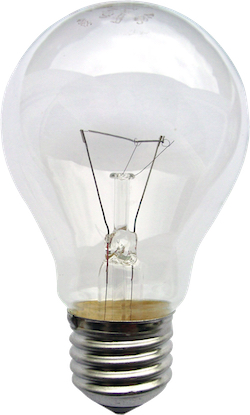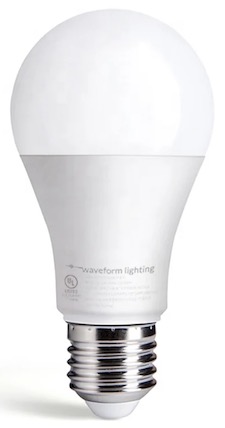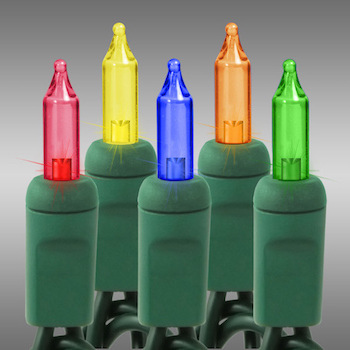I last wrote about LED bulbs three years ago, when I was urging people to choose LED over standard incandescent when picking out holiday lights. ‘Tis the season again, but what’s different this year is you won’t see most incandescent holiday lights available in stores. New federal regulations limit sales of the older inefficient bulbs. Energy efficiency wins like this are important not only because they save on our energy bills, but also because they create room in the grid for electrification. That will buy us time as we electrify and also save us money.
In this short blog, I want to emphasize how inefficient -- and expensive -- the incandescent bulbs are. If you have a single 100-watt bulb, and it’s an outdoor or living/working area light that is on for 12 hours a day, it will burn for 12 * 365 = 4380 hours during which it will consume 438 kWh of energy. If your electricity is $0.35/kWh, typical of rates in California, that will cost $153 per year. For one light! In Palo Alto, it will be more like $110 ($.25/kWh). This is why our parents were always reminding us to turn off lights…

Old-style bulbs like this use a lot of electricity
If instead you were to use the LED equivalent, which uses 15 watts, that would consume 66 kWh of energy, costing much less -- $23 at $.35/kWh or $17 at $.25/kWh (Palo Alto rates). But you can do even better. If it’s an outdoor light that you can put on a six-hour timer, then the bill drops to $11.50 or $8. Or if it’s on a sensor and just runs for one hour, the bill becomes negligible, at around $2 per year.

LED lights use up to ten times less energy
LED lights pay for themselves pretty quickly. For about $8 you can find some incandescent holiday lights for sale, the “mini” ones. If you have four strings, or 100 feet of them and they are twinkling all day for a month, they will use 59 kWh, costing about $20. The LED version will use less than 8 kWh and cost under $3. So the LED lights will pay for themselves with room to spare in just two years. They should also last longer.

LED mini lights will pay for themselves in two years
To save money and be kind to the planet, consider a New Year’s resolution to rid your home of any remaining incandescent or halogen bulbs, especially those that run for a few hours each day. (Halogens use less energy than incandescents, but still much more than LEDs.) There is a wide variety available now.
For outdoor holiday lights, even if you are using LED lights, remember to put them on a timer that shuts off around 10pm. Artificial light at night is not good for wildlife, which evolved many behaviors for dark nights. Moreover, the sometimes cooler colors of LEDs are especially harnful. If you can, choose warmer colors for outdoor lighting, and use a timer or sensor (for entry or security lights) to reduce their negative night-time impact. These are small things we can do that, in aggregate, have a big impact.
I’d be interested to hear how your holiday lights have changed over the years and why.
Current Climate Data
Global impacts (October 2023), US impacts (October 2023), CO2 metric, Climate dashboard
Comment Guidelines
I hope that your contributions will be an important part of this blog. To keep the discussion productive, please adhere to these guidelines or your comment may be edited or removed.
- Avoid disrespectful, disparaging, snide, angry, or ad hominem comments.
- Stay fact-based and refer to reputable sources.
- Stay on topic.
- In general, maintain this as a welcoming space for all readers.



